THE HIDDEN UNIVERSE
ADVENTURES IN BIODIVERSITY
ALEXANDRE ANTONELLI
The University of Chicago Press
The University of Chicago Press, Chicago 60637
2022 by The Board of Trustees of the Royal Botanic Gardens, Kew The moral right of the author has been asserted.
All rights reserved. No part of this book may be used or reproduced in any manner whatsoever without written permission, except in the case of brief quotations in critical articles and reviews. For more information, contact the University of Chicago Press, 1427 E. 60th St., Chicago, IL 60637.
Published 2022
Printed in the United States of America
31 30 29 28 27 26 25 24 23 22 1 2 3 4 5
ISBN-13: 978-0-226-82187-0 (cloth)
ISBN-13: 978-0-226-82188-7 (e-book)
DOI: https://doi.org/10.7208/chicago/9780226821887.001.0001
First published in the United Kingdom by Witness Books, an imprint of Ebury Publishing/Penguin Random House UK, 2022.
Library of Congress Control Number: 2022932741
 This paper meets the requirements of ANSI/NISO Z39.48-1992 (Permanence of Paper).
This paper meets the requirements of ANSI/NISO Z39.48-1992 (Permanence of Paper).
CONTENTS
PREFACE
Being Director of Science at one of the worlds foremost plant and fungal research organisations the Royal Botanic Gardens, Kew, in the United Kingdom is an honour and a responsibility that I could never have dreamt of as a child. I grew up in south-eastern Brazil near the Atlantic rainforest, and it was in those exceedingly diverse, beautiful forests teeming with life that my passion for nature was born. I collected insects, seeds, shells and more, all of which I meticulously labelled, mounted and classified in old shoeboxes with a layer of Styrofoam that I had glued to the bottom.
These activities made me happy, but also frustrated, since I could seldom find the names of my findings in the translated biology books at the city library. Why didnt we know all the species that lived on Earth? That early interest and desire to seek out the concealed world of plants and animals has followed me throughout my studies and career first in Brazil as a teenager and young student, and later in Sweden, where I moved to follow my Swedish wife, Anna. We met each other at a diving school in the Caribbean island of Utila, off the coast of Honduras in Central America, and we both became passionate about the incredible beauty of coral reefs, which we explored together while working as divemasters for some months before moving on.
After three years of travels with a tiny backpack comprising a sleeping bag, a couple of heavy dictionaries and few clothes, I decided I would do everything I could to become a biologist. So I went back to the school desk to complete my undergraduate studies in biology, followed by a PhD on the evolution of biodiversity in the American tropics at the University of Gothenburg in Sweden. Then Anna and I moved to Switzerland with our three young children, where I pursued post-doctoral studies in the evolution and diversity of plants from the southern hemisphere. We returned to Sweden in 2010, where I took up the position of Scientific Curator at the Gothenburg Botanical Garden, which holds the most diverse collection of living plants in the Nordic countries. At the same time, I began establishing my own research group, the Antonelli Lab a diverse and collaborative group of students and researchers working across multiple disciplines of biodiversity science. I was lucky to be promoted to Full Professor of Biodiversity and Systematics at a young age, and in 2017 I founded and became the first director of the Gothenburg Global Biodiversity Centre. When I was travelling home from a sabbatical semester at Harvard University in the USA, I was contacted about applying to the position I currently hold at Kew. It was impossible not to feel thrilled at this huge opportunity, and I started my role as Director of Science in February 2019. Soon after, I was given a Visiting Professor affiliation at the University of Oxford, further expanding my scientific network in the plant sciences.
In my work, I have tried to answer the big questions about the origins and evolution of whole ecosystems, such as tropical rainforests, and how biodiversity has changed, and continues to change, over time and space a line of research best assigned to the field of biogeography. I was trained as a botanist and have mostly collected plants for my research, but Ive also worked on a diverse set of organisms snakes, lizards, amphibians, birds, mammals, insects, fungi and bacteria in order to explore and understand general patterns underlying biodiversity. Ive also studied the fossil record (the sequence of extinct organisms preserved in rock sediments through geological time), working with colleagues to develop methods and analyses to tease out how climate change and other events in the deep history of life have affected species, and how much we can learn from the past to better predict what will happen in the future. Ive had the fortune of working on and publishing scientific articles with hundreds of talented researchers, collaborating with some of them for many years.
Over time, Ive also become increasingly aware of the rapid pace with which the nature Ive grown to love so much, through both my early years in Brazil and my later years as a scientist, is disappearing before my eyes. The scientific evidence accumulated over the past few decades is overwhelming and undisputable: we are now living in a biodiversity and climate emergency. Together, we must therefore make every effort to halt the impending disaster and loss that we are already witnessing today.
The realisation that we are living in an environmental crisis may seem dire. However, through the insights I have gained in my research I know that there is still time to fix things. As long as there are natural habitats and species left, there is hope. With knowledge about the natural world, and a willingness to care for it, come the motivation to shape our future in a more sustainable way.
This is why I have written this book. My goal is to take you on a coherent journey that begins with the fundamental basics and ends with the practical actions we all can take. In from my own research and the work by colleagues at Kew, given my familiarity and first-hand experience with those. But I stress that these efforts are highly collaborative with other organisations and researchers around the world, for the future of our planet depends on all of us working together and so partnerships like these are essential to our success.
Despite many years working as a researcher, professor, curator and science leader which gave me ample opportunity to deep-dive into biodiversity Im just as curious and astonished at the natural world today as I was in my early years, and I have never stopped asking the most fundamental questions. Here I seek to answer these questions for you, which together explain the building blocks of all natural life on this planet. I hope that it will in turn inspire you to share my passion for our precious wildlife our hidden universe.
SETTING THE SCENE: TWO UNIVERSES
Over a century ago, when a 30-year-old Edwin Hubble was offered a job at the Mount Wilson Observatory outside Los Angeles, he was given an opportunity that must have made all his fellow astronomers exceedingly jealous: to handle the most powerful telescope then built. One night, when he directed it towards a hazy patch of sky called the Andromeda Nebula, he made an astonishing discovery what most people had assumed to be gas and dust was, in fact, an entirely distinct galaxy which Hubble estimated to be almost a million light years away from us. Until then, astronomers thought that everything we could see belonged to our own Milky Way, which was synonymous with the known universe.


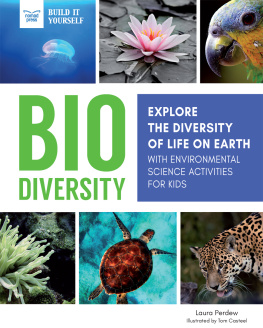
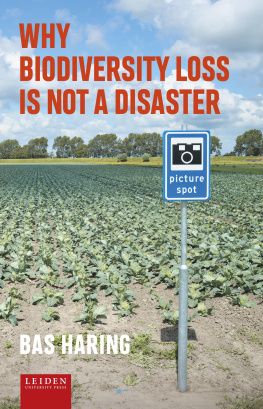

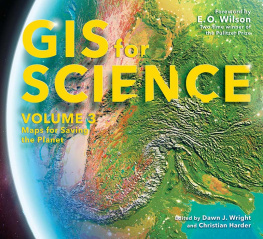
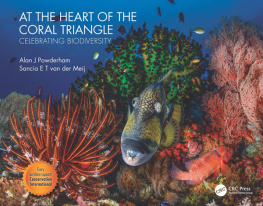
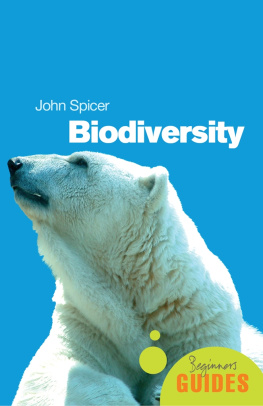
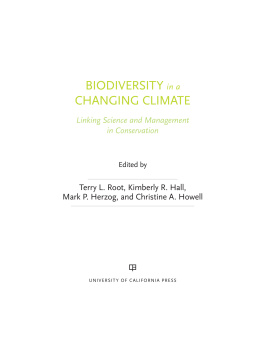
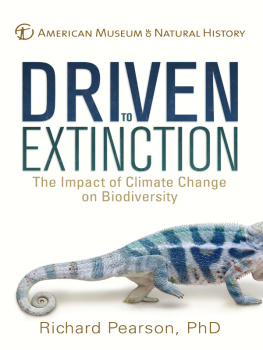
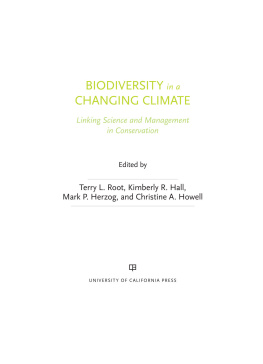

 This paper meets the requirements of ANSI/NISO Z39.48-1992 (Permanence of Paper).
This paper meets the requirements of ANSI/NISO Z39.48-1992 (Permanence of Paper).